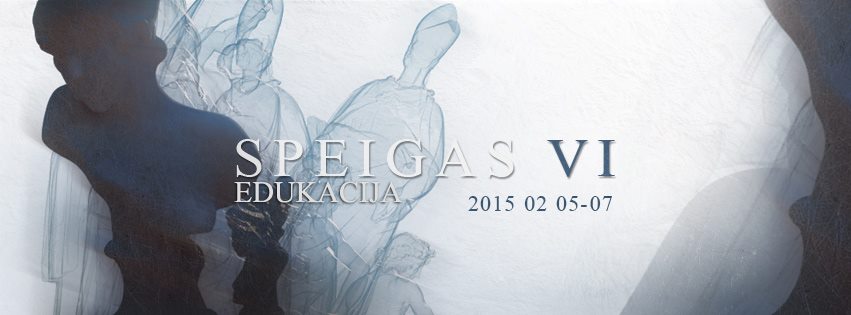
Thursday 5 February at 6pm
S13 (Lithuania). Narrative and context of musical mix
Speakers: Paulius Ilevičius and Justinas Mikulskis
It is often forgotten that in DJing, the selection of the music is equally important to mixing. People rarely think that it is not very easy to express new musical narratives, stories, unexpected angles of the artists and amplua in the form of a mix. Every mix has it‘s own story, which hides many life experiences and aspects. Mixing is a matter of technical experience and time. The selection, on the other hand, is a matter of a musical sense and erudition. To form a single selection or a mix, which would consistently develop emotion line and sound narrative, which would bring new experiences to people is a hard job. It takes not only musical erudition, sustained interest but also a serious musical library, taste and intuition.
Discussion with Agharta – the organizers of the festival.
Saturday 7 February at 3pm
Cedrik ‘C-Drik’ Fermont (Germany). An introduction to a history of electronic and experimental music in Asia and Africa
In 1944 Halim El-Dabh experimented with sound in Cairo, Egypt. From the 1950’s and 1960’s, various composers from Iran, Turkey, South Korea, Indonesia, Japan to name a few started to develop their own techniques to produce experimental and electronic music. Today, in Algeria, China, Myanmar, Uzbekistan, Palestine, Pakistan, South Africa the Philippines and so much more across Asia mostly but also in some African countries some musicians, radio stations, festivals, magazines or scenes spread their own versions of electronic music, nevertheless, did anyone ever told you about this?
The lecture will be held in English language.
Pierre Bastien (France). Sound art from the origins to our times
There are numerous examples of sound sculptures and sound installations in various world traditions, starting from ancient times and covering the centuries until nowadays. Among them, King David’s Aeolian harp, middle age charivari, Athanasius Kircher’s hydraulic organ and cats’ organ, Japanese water harps from the Edo period, Eugene Kastner’s singing flames.
Through several short videos famous composer will show them together with some related recent artworks, establishing bridges between tradition and contemporary sound art. Among others, the Bachet brothers’ fountains, György Ligeti’s 100 metronomes, John Cage’s 33 1/3, Bill Viola’s water drop in "He Weeps for You", Céleste Boursier Mougenot’s birds and guitars of "From Here to Ear", Jem Finer’s "A Score for a Hole in the Ground" will prove that the traditions find an echo in contemporary music and art.
The lecture will be held in English language.